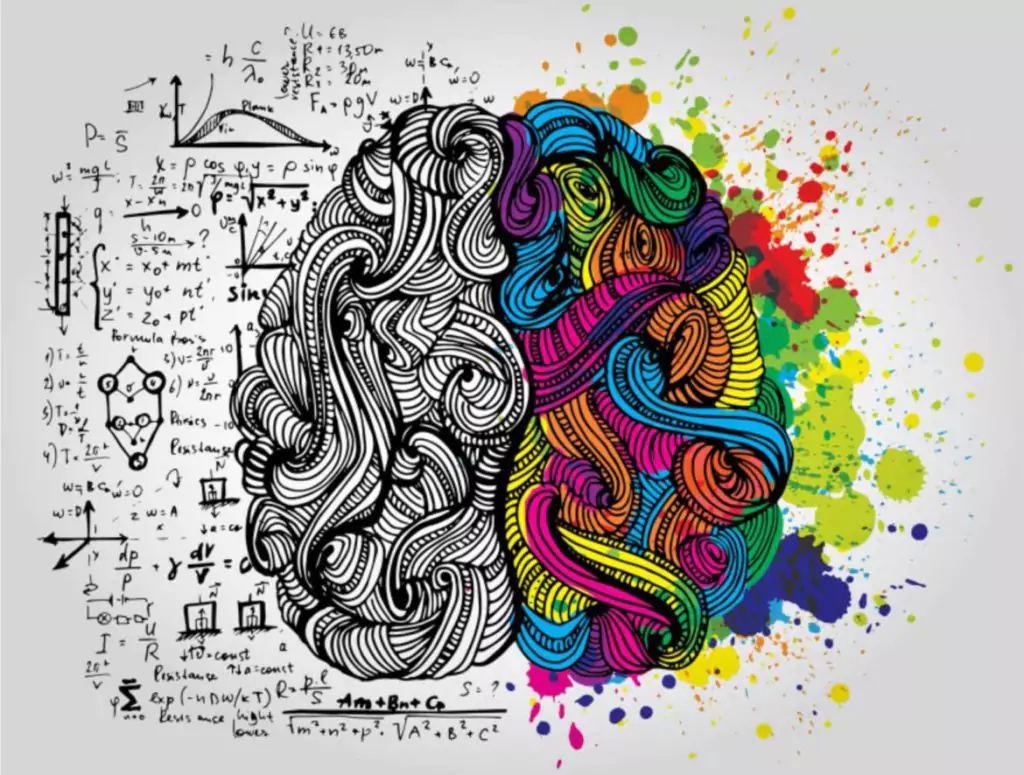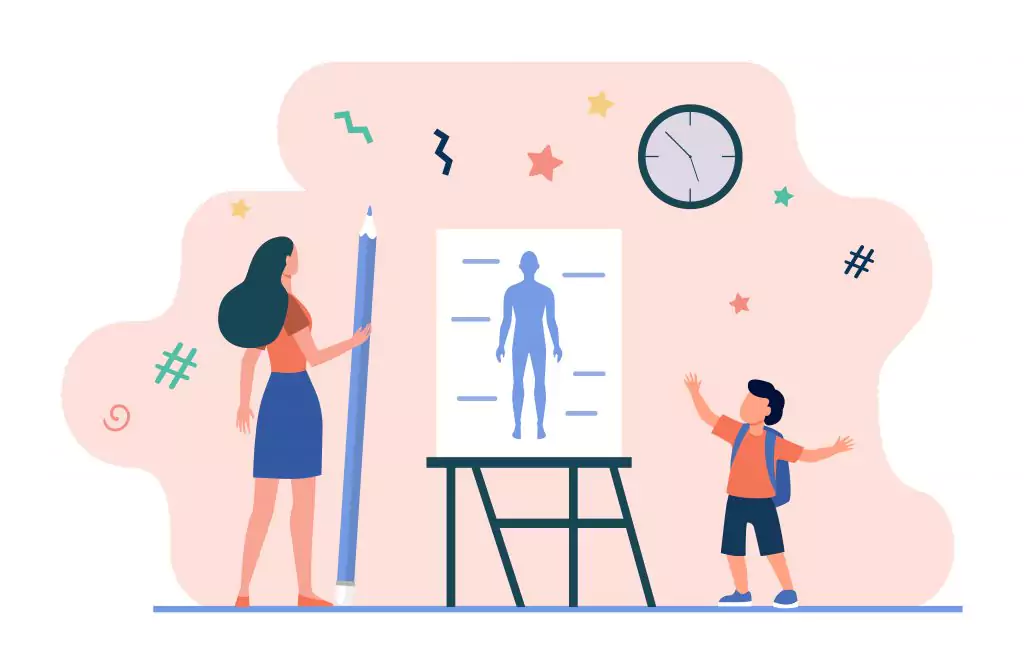
Exploring the profound impact of arts education on cognitive, emotional, and social development

✅ AI Essay Writer ✅ AI Detector ✅ Plagchecker ✅ Paraphraser
✅ Summarizer ✅ Citation Generator
Key takeaways:
- The brain’s adaptability and plasticity play a crucial role in the impact of arts education on cognitive, emotional, and social development.
- Engaging in artistic activities such as singing, dancing, and painting can have a profound effect on brain development.
- The neurological benefits of arts education extend beyond music, with dance classes, for example, promoting social-emotional, physiological, and cognitive development in children.
- Increased funding and support for arts education programs are essential for ensuring equitable access, bridging the learning gap between low- and high-income students, and fostering the development of well-rounded, creative, and empathetic individuals.
Imagine a child learning to walk, talk, and perceive the world around. With every step and every word, they are sculpting their brain’s circuitry through plasticity. As they grow older and practice new skills, neural connections form, making these activities easier to perform. The power of the brain’s adaptability is at the heart of the transformative impact of arts education on cognitive, emotional, and social development.
The Crucible of Creativity
In their book “Your Brain on Art,” Susan Magsamen and Ivy Ross explore how the arts can enhance learning and brain development through plasticity. They note that the brains of humans are born immature, allowing the environment and our experiences to shape the development of brain circuits, supporting more complex learning later in life. This is why engaging in artistic activities, such as singing, dancing, and painting, can have a profound effect on the brain’s development.
Consider the 2010 study on adult professional musicians’ brains. It found that musical expertise had an effect on the structural plasticity of the hippocampus – the area of the brain responsible for storing and retrieving information. The musicians had formed more neural connections and gray matter compared to nonmusicians, demonstrating the power of arts education in fostering cognitive growth.
Beyond Music: The Broader Benefits of Arts Education
The neurological benefits of arts education aren’t limited to music. The National Endowment for the Arts (NEA) has long been studying the effect that the arts have on young brains. In 2015, Melissa Menzer, an analyst in the NEA’s Office of Research and Analysis, conducted a literature review focused on the social and emotional benefits of arts participation in early childhood.
Menzer’s review found that children who regularly participated in dance classes not only experienced social-emotional, physiological, and cognitive development, but also had a safe space for exploring and expressing their emotions. Furthermore, these children developed stronger prosocial behavior, like cooperation, and were better able to collaborate with peers and communicate with parents and teachers.
The Ripple Effect: Transferable Skills
One of the most fascinating aspects of arts education is the concept of “transfer” – how learning a skill in one area, such as playing an instrument or painting, translates into other aspects of our lives. In 2007, psychologist Ellen Winner and professor Lois Hetland conducted a qualitative ethnographic meta-analysis of skills learned through visual arts. They found that beyond improving the specific art form being taught, individuals also developed crucial life skills, such as observation, imagination, self-expression, critical thinking, persistence, and risk-taking.
The Path Forward
With the overwhelming evidence supporting the cognitive, emotional, and social benefits of arts education, it is crucial that we continue to advocate for increased funding and support for these programs. By providing equitable access to arts education, we can help bridge the learning gap between low- and high-income students and ensure that every child has the opportunity to unlock their true potential.
In the words of Susan Magsamen and Ivy Ross, “the brains of humans are born immature for a reason.” Let us seize this opportunity to shape the minds of the future through the power of arts education, allowing them to grow into well-rounded, creative, and empathetic individuals who can thrive in an ever-changing world.
Wy we Shouldn’t Neglect Arts in Education
In the quest for educational excellence, there is an increasing tendency to prioritize science, technology, engineering, and mathematics (STEM) at the expense of the arts. However, cutting arts education funding is akin to eroding the very foundation on which creative minds are built. The arts are not just auxiliary; they are integral to the holistic development of students and play a pivotal role in fostering well-rounded individuals.

Arts education encompasses music, painting, theater, and dance, among other fields. These disciplines are critical in developing various skills and attributes that are essential in the contemporary world.
- Arts education encourages students to think outside the box and develop critical thinking skills. In an age where innovation drives progress, creativity is invaluable.
- Through arts, students can express themselves and understand their emotions better. This emotional intelligence is crucial for personal well-being and effective communication.
- The arts serve as a window into various cultures and histories. By learning about art from different parts of the world, students develop a broader understanding and appreciation of diversity.
- For younger children, activities such as drawing or playing an instrument can be fundamental in developing fine motor skills and hand-eye coordination.
- Studies have shown that students involved in the arts often perform better in other subjects. The arts can improve memory and concentration skills, contributing to academic success.
- Besides the obvious careers in art, many industries require the creative skills that are honed through arts education, such as design, marketing, and even technology.
In conclusion, cutting arts education funding is detrimental to the future of education because it deprives students of opportunities to develop critical skills and attributes. It’s imperative that educational stakeholders recognize the importance of arts education in molding not just proficient workers, but more importantly, well-rounded and innovative thinkers who can navigate the complexities of the modern world.
Related stories:
5 Movies to Boost Your Creativity
The Effects of Meditation on Creativity
Education and Tech Giants Join Forces to Reshape the Future of Learning
Follow us on Reddit for more insights and updates.





Comments (0)
Welcome to A*Help comments!
We’re all about debate and discussion at A*Help.
We value the diverse opinions of users, so you may find points of view that you don’t agree with. And that’s cool. However, there are certain things we’re not OK with: attempts to manipulate our data in any way, for example, or the posting of discriminative, offensive, hateful, or disparaging material.